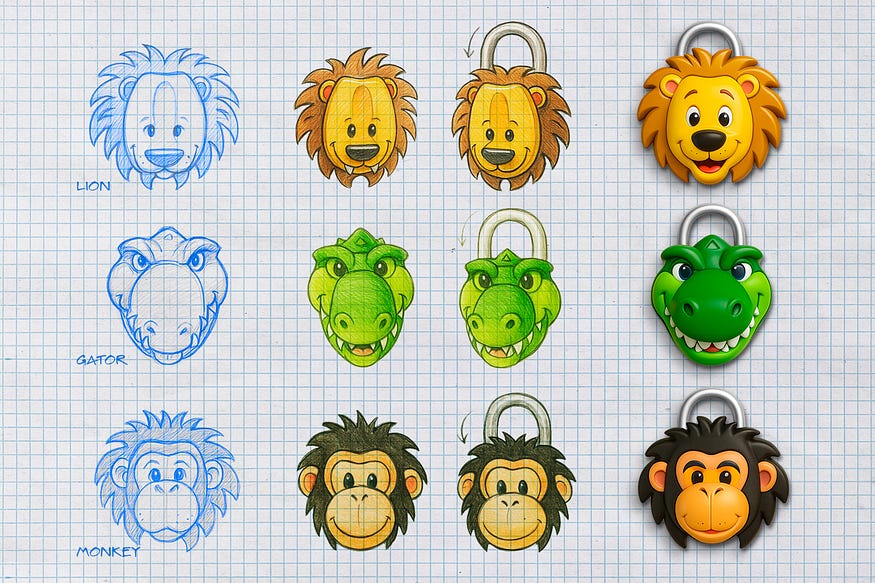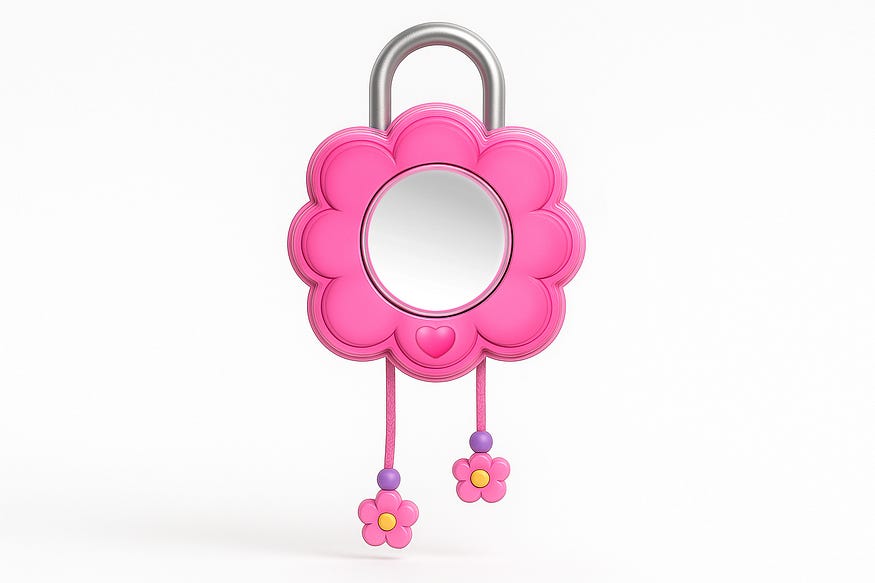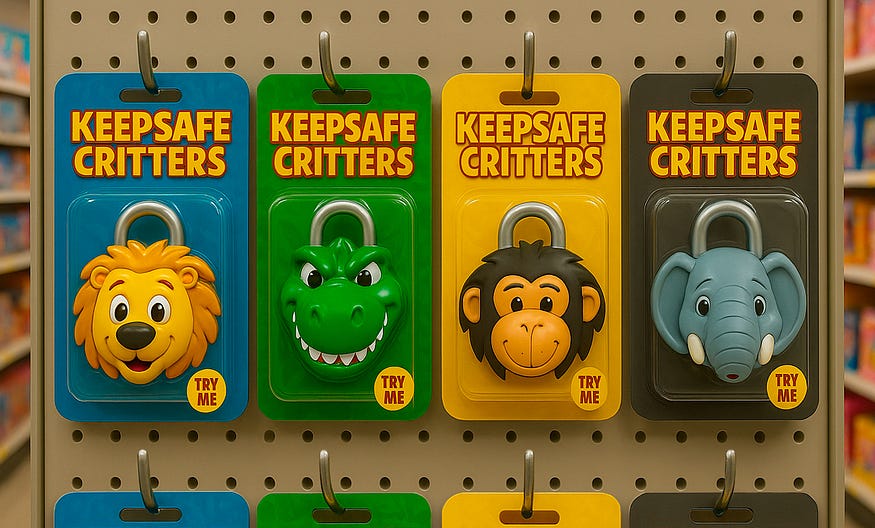
I Built a Product Before I Found the Market
How Keepsafe Critters taught me the difference between a prototype and a product strategy.
I Had the Prototypes. I Had the Packaging.
What I didn’t have was a path to shelf.
I had a real product: a complete prototype, branded packaging, a planned product line, and licensing ambitions.
What I didn’t have was a plan to get it on actual shelves.
Keepsafe Critters started as a creative idea — part toy, part tech — designed to make a child’s first lock experience fun instead of frustrating. I poured myself into the design and prototyping, and even pitched IP extensions for kids of every age and personality.
But I hadn’t answered the core questions:
- Who’s buying?
- Where are they buying?
- How often will they buy?
- Through what channel?
This wasn’t a failure of creativity.
It was a failure of go-to-market clarity — and it changed how I approach product strategy forever.
A Patent Is Not a Product Line

At the time, I thought success meant protecting the idea and building the prototype. I spent thousands of dollars filing a patent — thinking I could license the tech on top of selling the product.
What I didn’t realize:
I was building for possibility not profitability.
I prioritized manufacturers, not end users.
I was focused on invention, not distribution.
And I hadn’t really defined who I was building for beyond “kids.”
I Was Thinking in Products, Not Vision

Looking back, I had fragments of a larger opportunity — a real product line — but no unified plan for the brand. I was trying to pitch toy companies on a single item, not a scalable offering. I didn’t define the audience beyond “kids,” and I didn’t consider buyer personas, acquisition channels, or pricing models.
But even back then, the roots of a broader vision were there.
There Was a Market. I Just Didn’t Understand It.

I now know that launching a product means more than designing it.
You have to:
- Understand the user’s need
- Define how and where your product will be purchased
- Ensure the team can deliver at scale
- Shape emotional and functional benefits around your buyer — not just features.
I missed those things then. I don’t now.
A Vision Takes More Than a Prototype

This was my first effort. I was a designer.
A creative with ideas — but no GTM playbook.
And that’s the lesson:
A prototype isn’t a plan.
A patent isn’t a product line.
A shelf-ready package isn’t shelf placement.
I learned from this experience — and it reshaped how I approach product development today.
Next Up
How Licensing Taught Me to Prototype for the Pitch
Why building for someone else’s brand may teach you more than building your own.

